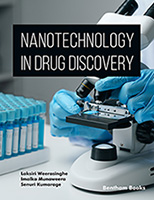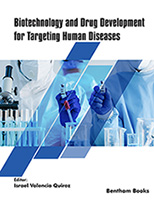Introduction
This book series brings updated reviews to readers interested in advances in the development of anti-infective drug design and discovery. The scope of the book series covers a range of topics including rational drug design and drug discovery, medicinal chemistry, in-silico drug design, combinatorial chemistry, high-throughput screening, drug targets, recent important patents, and structure-activity relationships.
Frontiers in Anti-Infective Drug Discovery
is a valuable resource for pharmaceutical scientists and post-graduate students seeking updated and critically important information for developing clinical trials and devising research plans in this field.
The ninth volume of this series features 5 reviews that cover some aspects of clinical and pre-clinical antimicrobial drug development, with 2 chapters focusing on drugs to treat leishmaniasis and dengue fever, respectively.
- Use of preclinical and early clinical data for accelerating antimicrobial drug development
- Post-translational modifications: host defence mechanism, pathogenic weapon, and emerged target of anti-infective drugs
- Scope and limitations on the potent antimicrobial activities of hydrazone derivatives
- Current scenario of anti-leishmanial drugs and treatment
- Dengue hemorrhagic fever: the potential repurposing drugs





